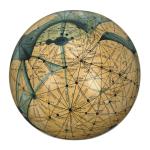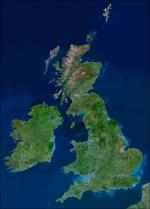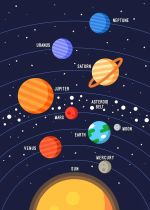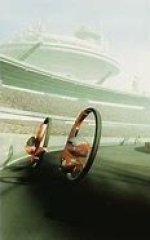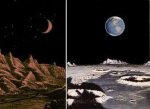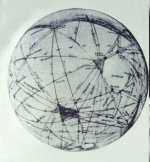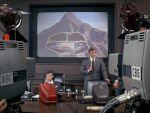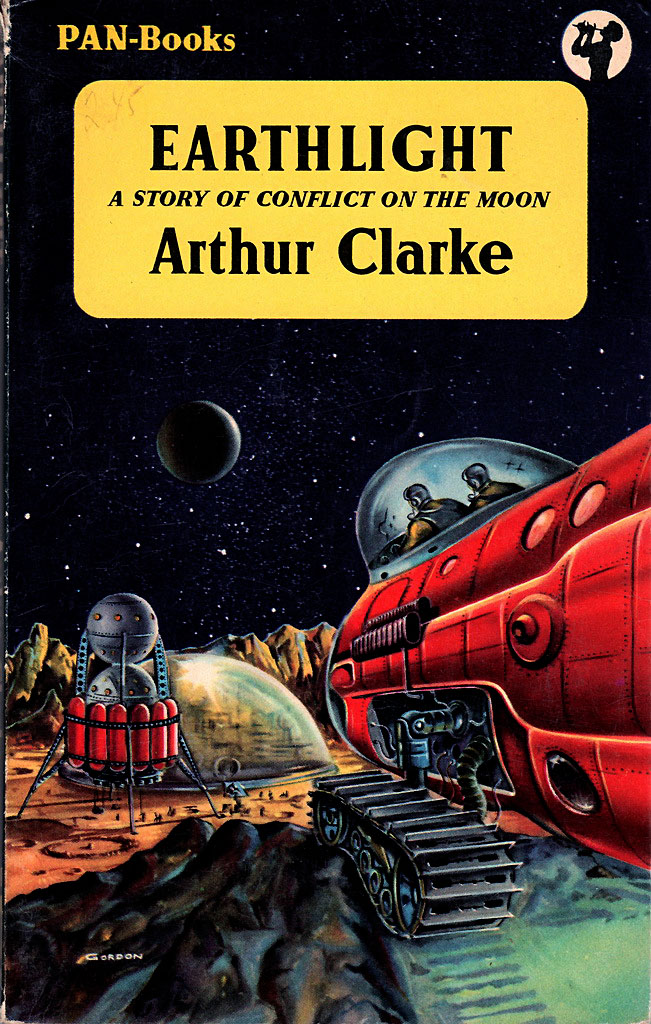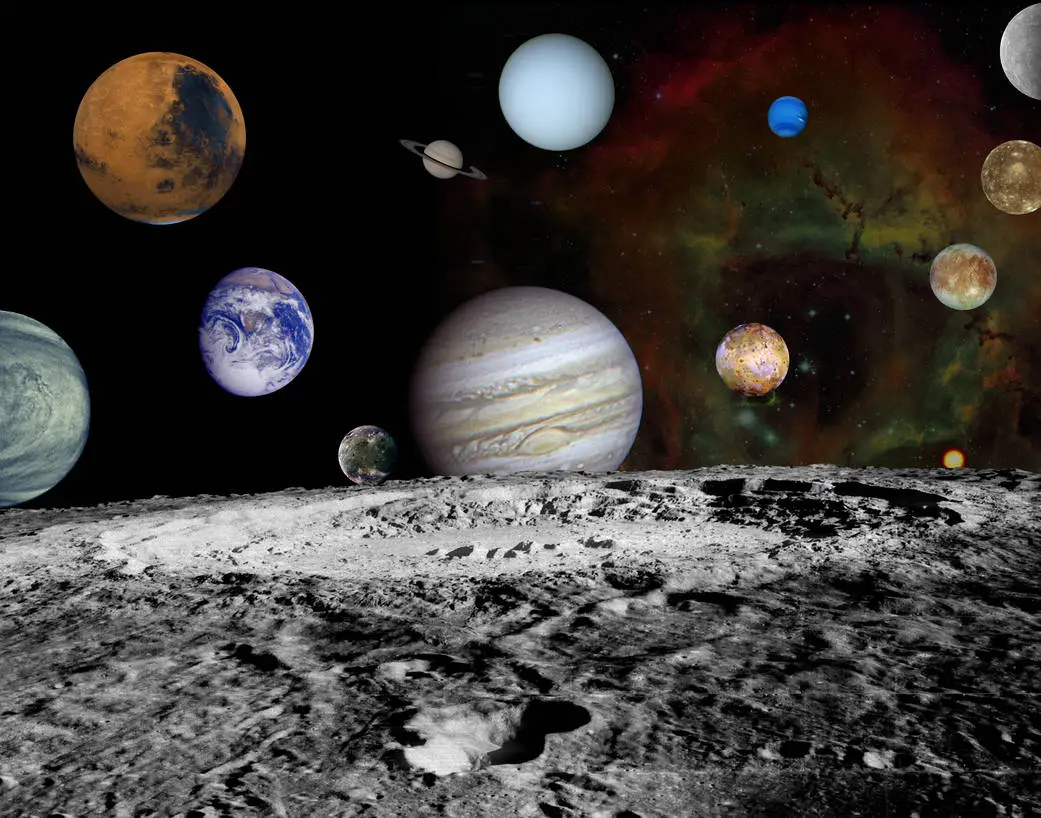- Home
- >
nature makes amends
with a few consolation prizes
as a way of saying sorry
for her generally poor performance
[ + links to Relations with the real - Science catching up ]
Readers may have noticed that I grumble now and then about the way the Real Solar System is a rather miserable substitute for the gorgeous, romantic, colourful, life-filled OSS.
However, one has to give Nature some credit for at least trying, now and then, to pull her socks up. Though she hasn't given us any Martians or Mercurians, the topography of our neighbouring worlds is occasionally up to scratch.
The idea behind this page is to give due praise to such compensatory phenomena.
It ought to complement the Science Catching Up page, but with a more subjective, aesthetic slant.
THE ICE-SPIRES OF CALLISTO
Too much of the real solar system is boringly cratered...
Stid: Stop! Don't knock craters - what would our Moon be without its craters?
Zendexor: Of course they're an integral part of the character of our Moon. But for that matter would you want the Moon to be covered only with craters? The saving grace of Luna is that its craters are supplemented and contrasted with many other features: maria, rilles, domes and mountain ranges. But the trouble with Callisto - or so I thought for a long time - is that Voyager revealed it to be chockablock with craters and nothing much else. And not even steep ones. An icy moon's crust relaxes over aeons and so gradients sink lower and lower... Zzzzzzz.....
Stid: Whereas now you have found evidence to revise that opinion?
Zendexor: I've found some, yes! Found it while leafing through my beloved collection of old issues of Sky & Telescope (to which I subscribed from 1976 to 2008, after which I ran out of shelf space). My eyes popped at what I saw in the December 2001 issue. Just look at this:
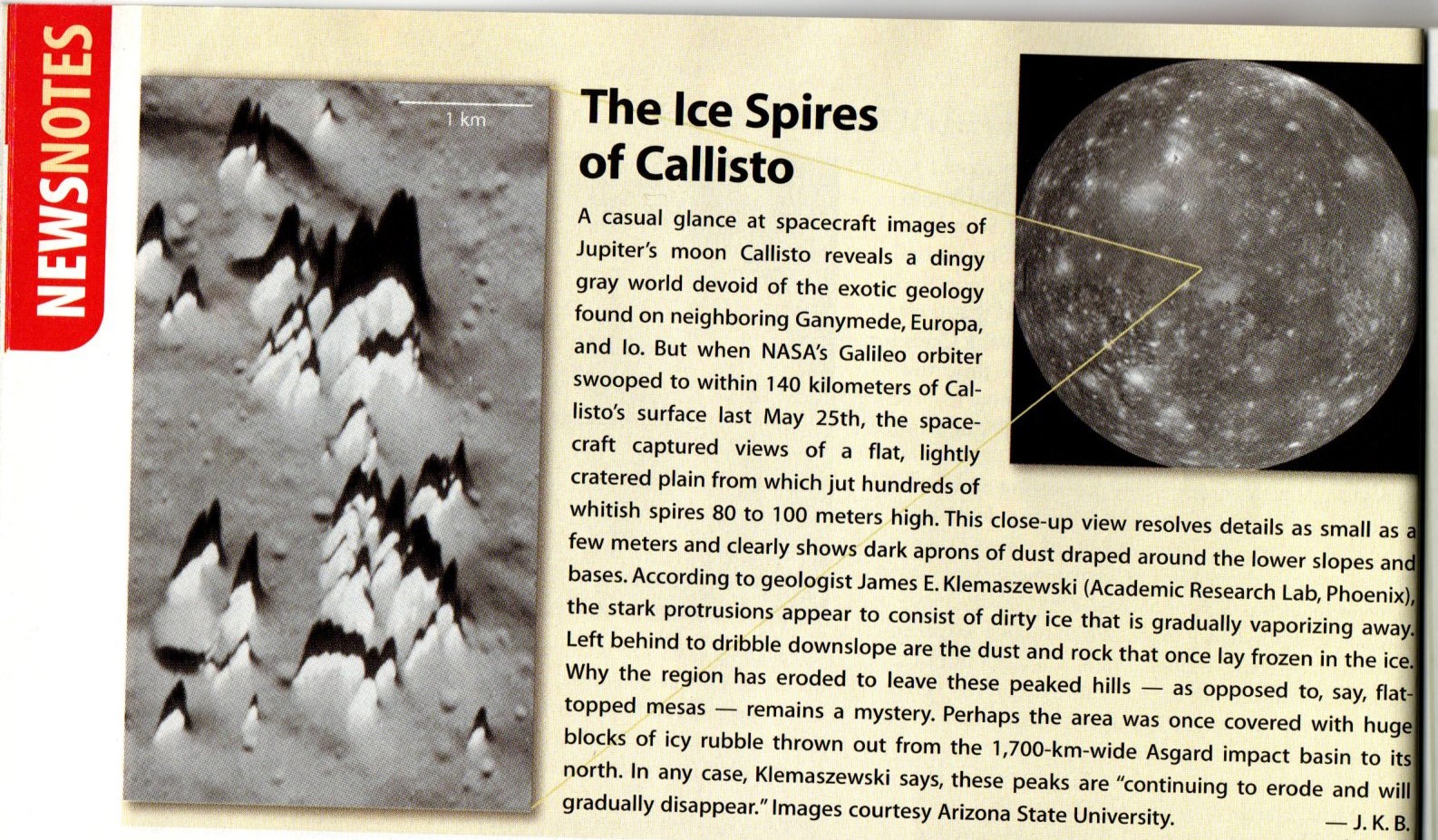
...don't know why I forgot about it until now.
Stid: It's a dramatic scene, certainly. I suppose there's no catch? No annoying vertical exaggeration like you sometimes get in the image processing?
Zendexor: I know how annoying that can be; I hate it when they do that, it's such a fiddle. But here it seems the pictures are honest and true, and even if the sun-angle perhaps makes the relief seem greater than it really is, it's still pretty amazing.
After the disappointments of Voyager, who would have thought Callisto had it in her?
PROMISING PALLAS
The gaps in my knowledge never cease to startle me. I knew that Pallas was a main-belt asteroid, and that, unlike the close investigation of Ceres and Vesta by the Dawn probe, no equivalent reconnaissance has been carried out for Pallas. However, the reason for this was (prior to March 2025) unknown to me. I suppose I assumed that the Dawn mission left out Pallas just because the orbital position of this asteroid happened to be inconvenient at the time.
In fact there's another reason, which gives promise that an OSS-style mystery may continue unspoilt for some while yet.
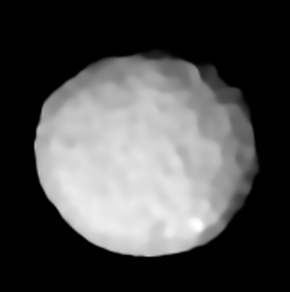
Stid: And this is where we learn of the gap in your knowledge?
Zendexor: A whopping great gap, yes indeed. For purposes of comparison, it's rather as though I hadn't known of the eccentricity of Pluto's orbit, or of the retrograde orbit of Triton around Neptune.
Stid: And in the case of Pallas?
Zendexor: A vital fact, which puts that fascinating worldlet currently beyond the reach of spoil-sport space-probes.
Stid: Well, don't keep us in suspense...
Zendexor: We're all going to stay privileged to remain in suspense for years to come, till or or another space agency is prepared to spend the extra resources to send a probe well out of the ecliptic, for - here comes the smackeroo - Pallas' orbit is inclined about 34 degrees away from what's normal for the System's worlds! 34 degrees is a heck of a lot. Enough to render Pallas safe, as I've suggested, for quite a while.
Stid: You really don't like space-probes, do you, Z?
Zendexor: I don't like the general disenchanting effect that they've had, by and large. Yet every time a probe goes somewhere new, I'm full of excitement. Somewhat contradictory! But what is one to do? Nature will keep falling behind in the competition with fiction. However, in the case of Pallas, the disillusion is delayed due to the aforesaid orbital obstacle. So, for a while yet, we're free to brood on the mystery of the bright patch you can see on the image (courtesy of adaptive optics on the Very Large Telescope), the best image we're likely to get for the time being. We're entitled to say to ourselves - perhaps while contemplating the Captain Future map - "That bright patch could be anything."
Some bright Palladian citadel?
MARS' OBLIQUITY
One of the "Water on Mars" articles in Sky & Telescope, March 2002, recently caught my eye. It offers an explanation of why the gullies on Mars are found at high latitudes and poleward-facing slopes, thus providing indications of liquid flow at locations which are the exact opposite of where the Sun shines most today.
The explanation brings in an amazing fact which I had not previously taken on board:
Mars' axial tilt is known to cycle between 0° and 60° [!!] on a time scale of not billions of years or hundreds of millions of years but, maybe, only hundreds of thousands of years [!!]
Here we have two stupendous truths. First, the drastic variation between zero and sixty degrees. Second, the frequency with which it may happen.
What is not clear to me, is how fast the change occurs when the time for it arrives. My hunch is it can't be incremental, but neither can I bring myself to believe that it could happen overnight like the way the Earth swings over in Eckert's The Hab Theory.
Still, the point to stress from the OSS point of view is - what a loophole for excuses! It's as though Nature were saying, "Sorry folks for the current apparently lifeless Mars, but I've given you an opportunity to lay out scenarios in which the planet bloomed in the fairly recent past... and could erupt into life again. All it takes is another axial swing and then out they'd all come out from their shelters!"
Ian Watson in The Martian Inca (1977) does something with the theme, though in his novel the focus is mainly on Earth. A lot more could be done, especially by an OSS-oriented writer adept at implementing a probability-stretch.
Heck, what's a few hundred thousand years?




